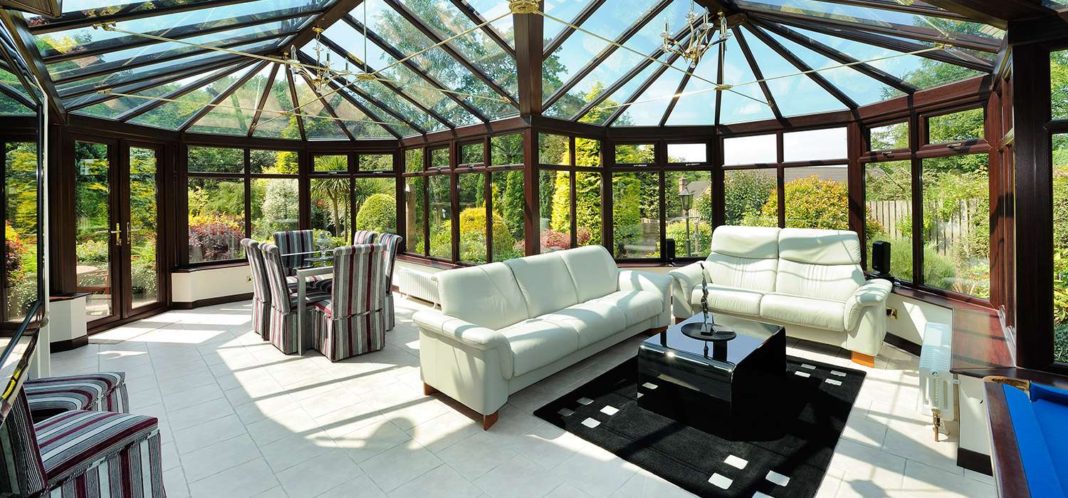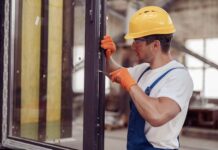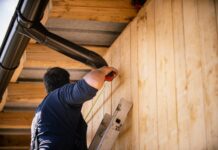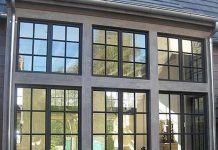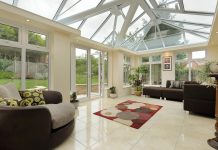The popular belief that bespoke conservatories are merely means of beautification of the house is not entirely true. Such conservatories are not only perfect beautification tools, but also a great way to get some more space in the house. Architects and interior designers are creating a wide range of designs of such conservatories. These designs take due consideration of the space available, the shape, the requirements and the benefits. Let us have a look at the structural attributes of these conservatories.
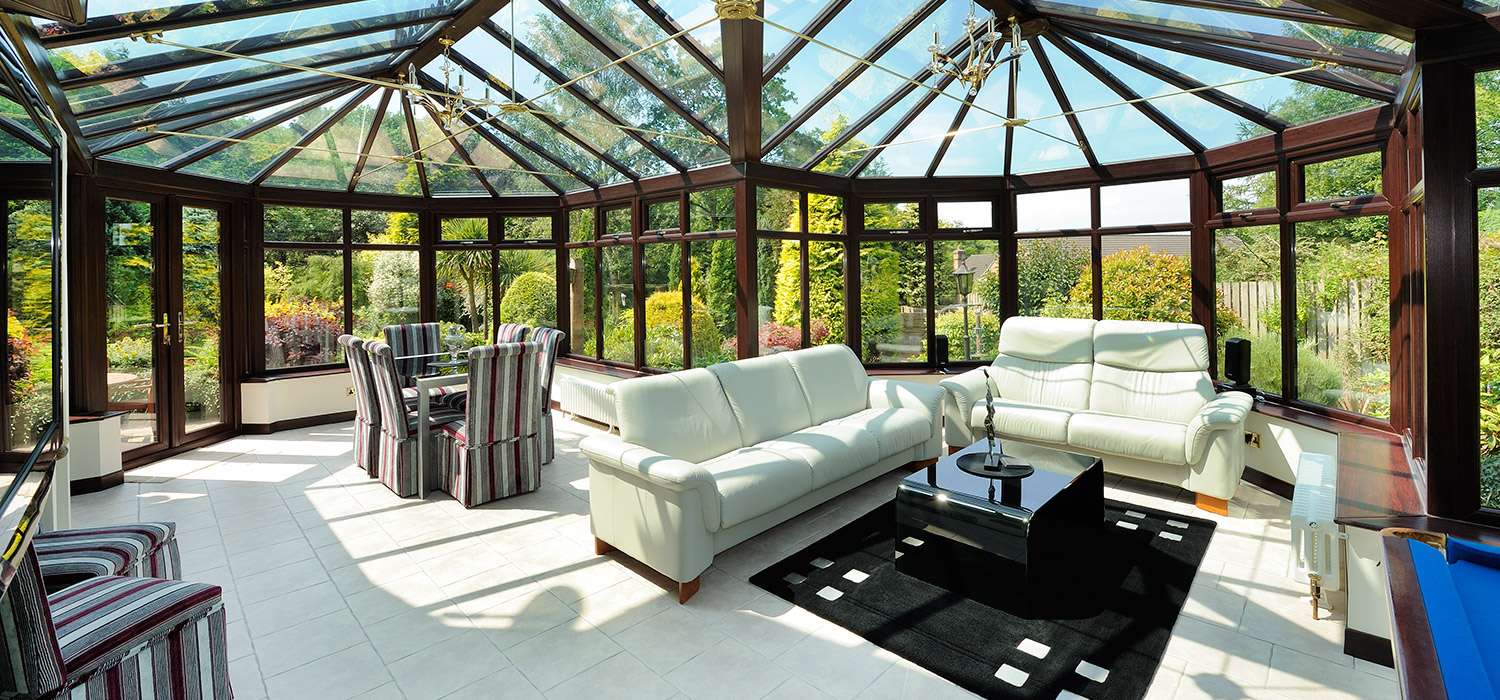
Heating and ventilation requirements
Because conservatories are increasingly becoming multifunctional units of a house, it is essential that they are equipped with sufficient heating arrangements. Temperature control in the conservatory is an essential structural requirement that enables the conservatory to be used in different weather. Central heating arrangement or single heaters are the two options for arranging regular heating in conservatories.
Regarding ventilation, installation manual or automatic roof vents is a great way to ensure a regular renewal of fresh air in the conservatory. It is not uncommon for people to opt for fans to be installed on the conservatory roof, because this gives a unique look.
Flooring options
Bespoke conservatories are created to suit the individual’s purpose and requirement. Accordingly, the interiors of the conservatory, like the flooring, should also reflect personal taste. There are various options available for adorning the floor of a conservatory, for example, tiles, engineered hardwood or stone. The choice of flooring material will be largely determined by its intended use by the occupant.
Material of construction
Perhaps the structural attribute that needs maximum deliberation is the choice of the construction material to support the glass walls. The look of the conservatory will be determined by the construction material. Here are the most commonly used construction materials for conservatories:
-
Aluminium
Using aluminium for building a conservatory offers the benefit of allowing glass to take up more space, thereby giving a very sophisticated look. On the downside, aluminium will not give you a perfectly insulated conservatory, and can be expensive.
-
Hardwood
A material of choice for people who wish to have a traditional look of their conservatories, hardwood is very popular with the elite segment. A very elegant finishing of the structure is possible by polishing the hardwood panels. It, however is an expensive material.
-
uPVC
The least expensive of the three, uPVC offers a great longevity, low maintenance and a variety of colours and textures to choose from. It is also available in wood like finish to give the conservatory a more expensive look.
The interior decoration and furnishings of bespoke conservatories are guided by their intended usage, the taste and choice of the occupant and the space available. It is very common for people to install blinds on the glass walls of the conservatories to give it a contemporary look. Similarly, many people opt to keep plants in the conservatories to add a natural and warm feeling. If the space and intended usage of the conservatory allows, contemporary or antique furniture can also be kept. It is a very common idea to carpet the floor of the conservatory to coordinate it with other furnishings.
